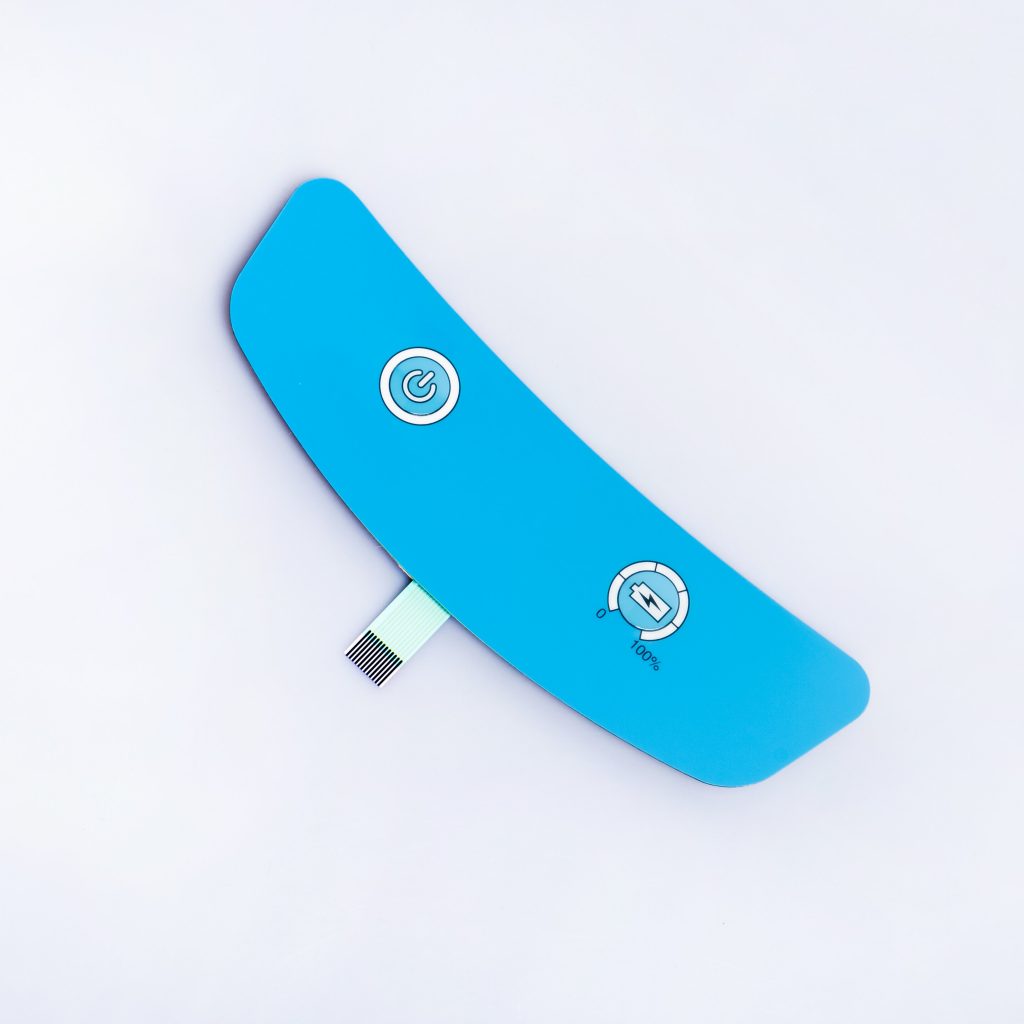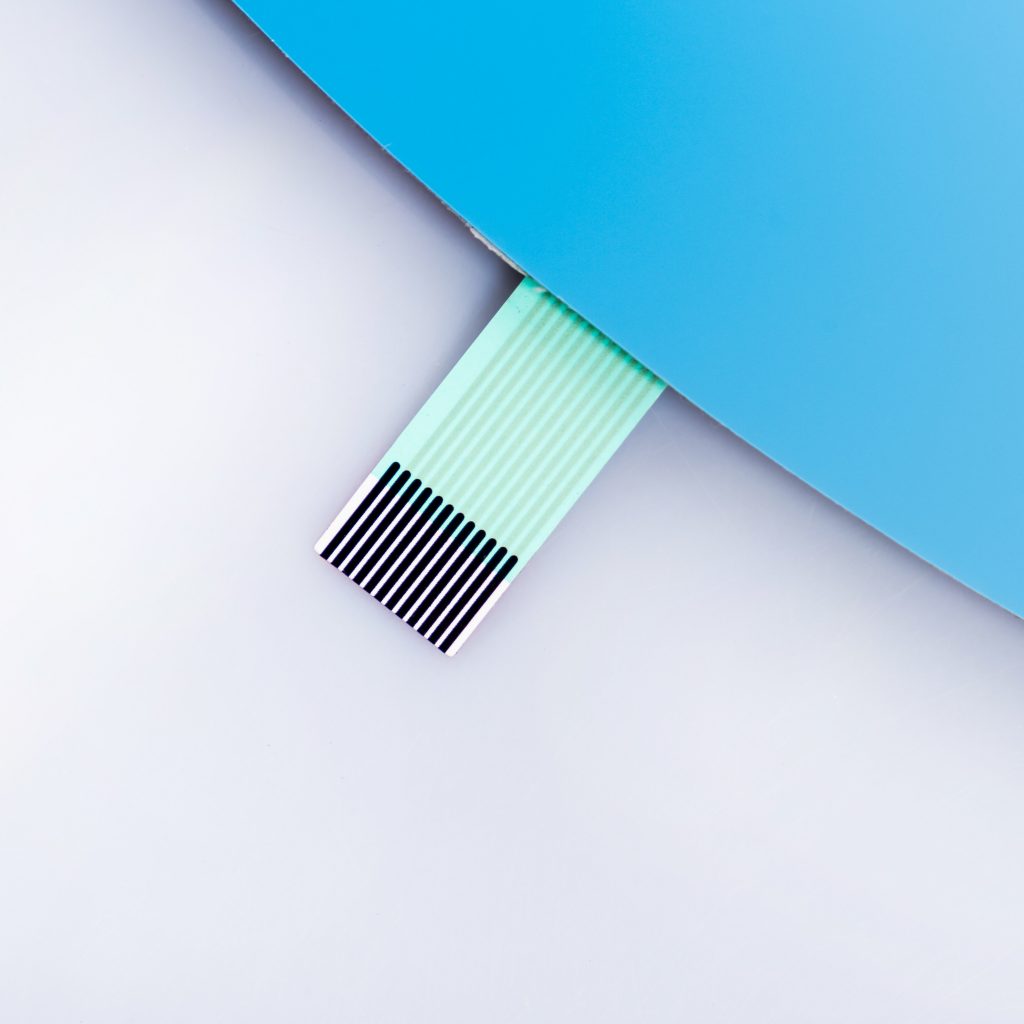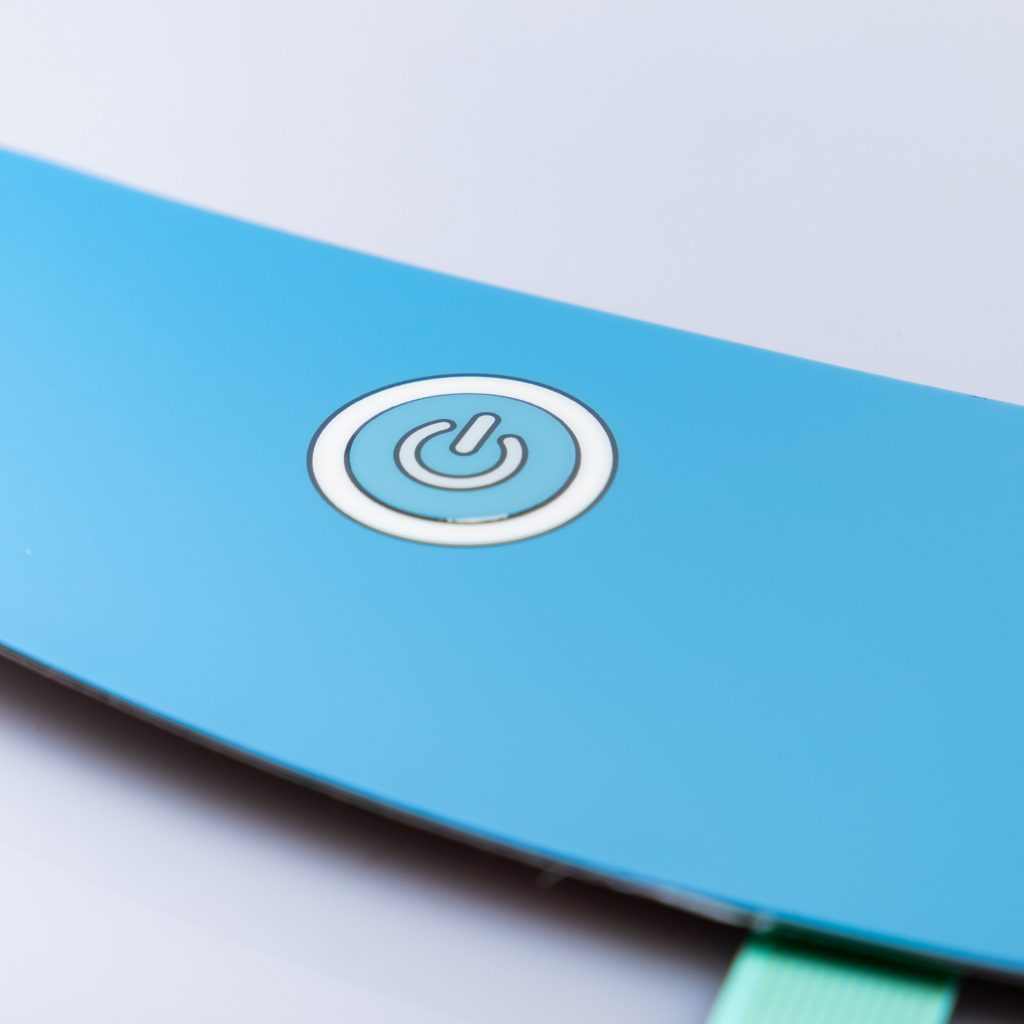Contact
Write to Us And We Would Be Happy to Advise You.
Do you have any questions, or would you like to speak directly with a representative?
By hqt
In the fast-paced world of technology, membrane switches have become an indispensable part of various electronic devices and appliances. These thin, flexible, and durable interfaces have transformed the way we interact with our gadgets. In this article, we will explore the development trends of membrane switches and how they continue to evolve to meet the demands of modern technology.



Before delving into the trends, let’s first understand what membrane switches are and their basic structure. A membrane switch is a momentary switching device that consists of several layers, including a top graphic overlay, spacer layer, and a bottom adhesive layer. These layers work together to create a reliable and user-friendly interface.
Traditional Membrane Switches: Initially, membrane switches were basic, with simple designs and limited functionalities. They were primarily used in appliances like microwave ovens and remote controls.
Integration with Touchscreen Technology: As touchscreen technology gained popularity, membrane switches started incorporating touch-sensitive capabilities, allowing for more intuitive interactions with devices.
Tactile Feedback: One significant trend in membrane switches is the incorporation of tactile feedback. Users now expect a physical response when they press a button, and membrane switches have adapted to provide that sensation.
Enhanced Durability: With advancements in materials and manufacturing processes, modern membrane switches are more durable and resistant to wear and tear, making them suitable for industrial and medical applications.
Customization: Membrane switches can now be customized to meet specific design and branding requirements, making them a popular choice for various industries.
Integration with IoT: With the rise of the Internet of Things (IoT), membrane switches are increasingly used in smart devices and appliances, enabling seamless connectivity and control.
Effective design plays a crucial role in the success of membrane switches. Designers must consider factors such as user ergonomics, aesthetics, and functionality. Membrane switch manufacturers are focusing on creating visually appealing and user-friendly interfaces that enhance the overall user experience.
As technology continues to advance, the future of membrane switches holds exciting possibilities. Here are some trends to watch out for:
Imagine having a foldable smartphone with a flexible membrane switch that can adapt to different form factors. The development of flexible and foldable membrane switches opens up new opportunities for innovative product designs.
Security is paramount in today’s digital age. Membrane switches are expected to incorporate biometric authentication features like fingerprint recognition, adding an extra layer of security to devices.
Improvements in haptic technology will lead to more realistic and immersive tactile feedback in membrane switches, enhancing the user’s sense of touch and interaction.
With environmental concerns on the rise, the industry is moving towards using sustainable and eco-friendly materials in membrane switch manufacturing.
As AR becomes more prevalent, membrane switches may integrate with AR technology to provide interactive and engaging experiences.
Membrane switches have come a long way from their humble beginnings. They have evolved into sophisticated interfaces that are integral to the functioning of countless devices in our daily lives. With ongoing innovations and advancements, the future of membrane switches promises even more exciting developments.
Are membrane switches only used in consumer electronics? No, membrane switches are used in a wide range of industries, including medical, automotive, industrial, and aerospace.
What makes membrane switches more durable than traditional buttons? Membrane switches are durable because they lack moving parts, reducing the chances of mechanical failure.
Can membrane switches be backlit for better visibility in low light conditions? Yes, membrane switches can be designed with backlighting options for improved visibility.
How do I clean a membrane switch without damaging it? To clean a membrane switch, use a soft, lint-free cloth dampened with a mild cleaning solution. Avoid using abrasive materials or excessive moisture.
Where can I find membrane switches with custom designs for my business? Many membrane switch manufacturers offer customization services. You can contact them directly to discuss your design requirements.
Do you have any questions, or would you like to speak directly with a representative?